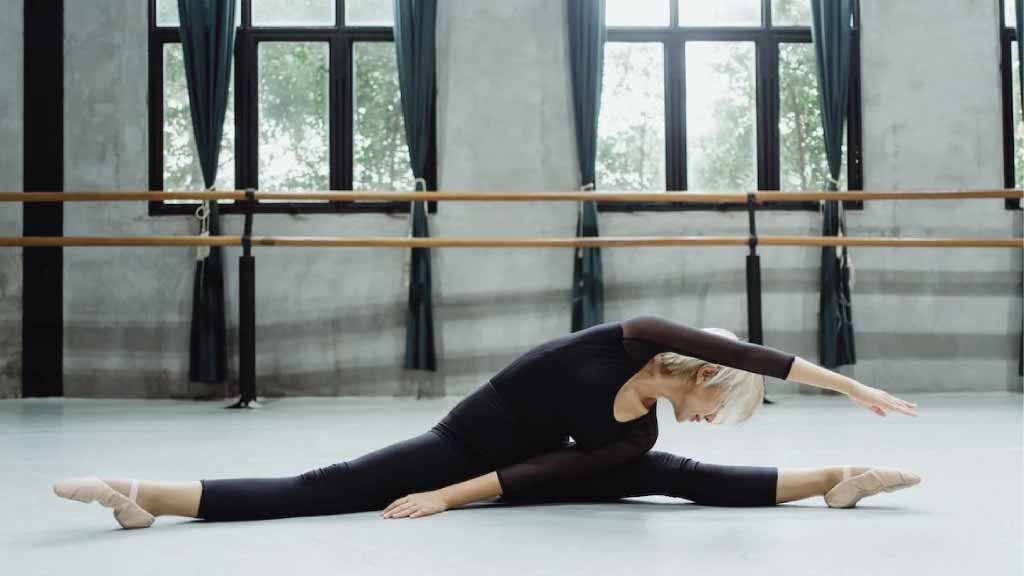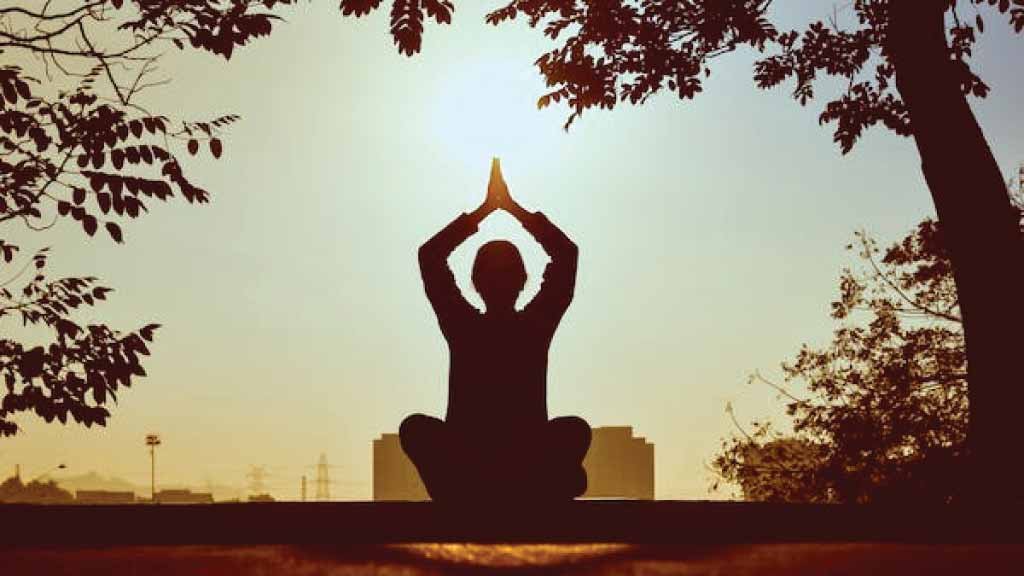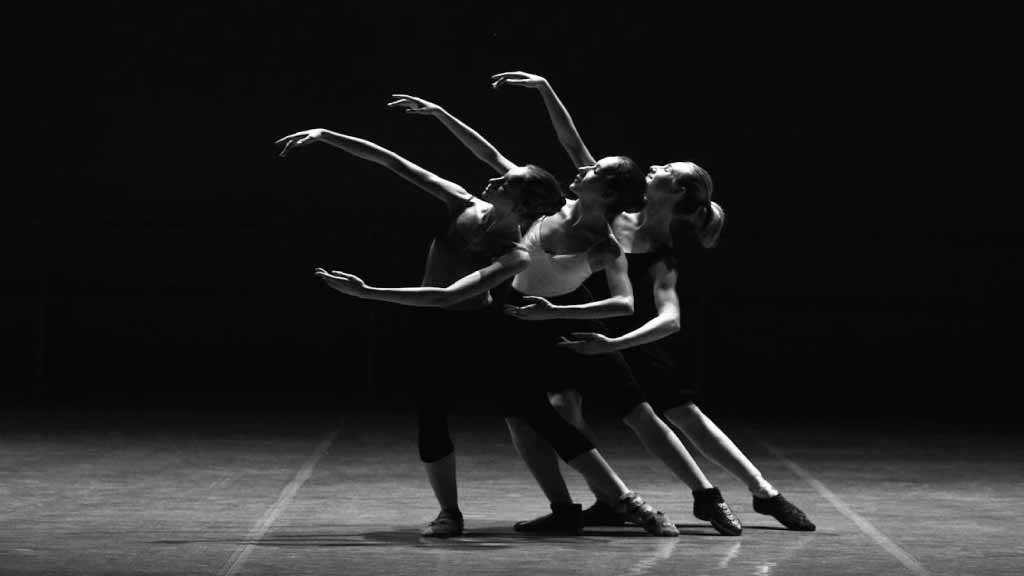Flexibility plays a pivotal role in activities such as yoga, ballet, and gymnastics due to the intricate movements and positions involved. In yoga, flexibility enables practitioners to achieve proper alignment in various poses, enhancing balance and stability while reducing the risk of injury. Similarly, in ballet, flexibility allows dancers to execute graceful movements with fluidity and precision, enhancing their ability to achieve the desired aesthetic appeal. In gymnastics, flexibility is essential for executing complex maneuvers such as splits, backbends, and twists, enabling athletes to maximize their range of motion and perform with agility and control.
Overall, superior flexibility not only enhances performance but also reduces the likelihood of strain or muscle imbalances, making it a cornerstone of success in these demanding disciplines. As practitioners progress, they often find that cultivating flexibility leads to a deeper understanding of their bodies and a greater sense of physical and mental well being.
Table of Contents
ToggleYoga:
Flexibility is a cornerstone of success in yoga, a discipline renowned for its focus on physical postures (asanas) and breath control. Practitioners of yoga engage in a series of poses that often demand deep stretches and contortions of the body. Flexibility enables yogis to move through these poses with greater ease and proficiency, allowing for proper alignment and maximizing the benefits of each posture. For example, flexibility in the hips and hamstrings is essential for achieving poses like Forward Fold (Uttanasana) or Pigeon Pose (Eka Pada Rajakapotasana), while flexibility in the spine is crucial for executing twists like Revolved Triangle Pose (Parivrtta Trikonasana) or Seated Twist (Ardha Matsyendrasana).
Without adequate flexibility, practitioners may struggle to attain these poses safely and may risk strain or injury. Moreover, flexibility plays a vital role in injury prevention within the practice of yoga. As yogis explore challenging poses that push the limits of their flexibility, maintaining suppleness in the muscles and joints becomes crucial for avoiding strains or overuse injuries. A flexible body can adapt more readily to the demands of various poses, reducing the likelihood of undue stress on vulnerable areas such as the lower back, shoulders, or knees.
Beyond physical benefits, flexibility in yoga also extends to mental and emotional well-being. The process of stretching and lengthening muscles encourages relaxation and releases tension held within the body. This can promote a sense of calmness and mental clarity, enhancing the overall experience of yoga as a holistic practice for wellness.
In essence, flexibility in yoga is not just about achieving impressive contortions; it is about cultivating a balance of strength and suppleness that supports the practitioner’s physical, mental, and emotional health. Through regular practice and mindful attention to flexibility, yogis can unlock new levels of proficiency, resilience, and inner harmony on their journey toward self discovery and well being.
Reader’s Choice:
Discover 10 Remarkable Benefits of Yoga for Men
5 Simple Methods to Enhance Flexibility
Ballet:
Flexibility is a cornerstone of ballet, a discipline renowned for its grace, precision, and expressive movements. Ballet dancers epitomize flexibility as they execute intricate choreography that demands full extension and control of their limbs. Movements like arabesques, splits, and grand jetés exemplify the need for exceptional flexibility in key areas such as the hips, legs, and back. In an arabesque, for instance, the dancer must extend one leg behind the body while maintaining a straight posture, requiring significant flexibility in the hip flexors and hamstrings.
Similarly, splits require extensive flexibility in the inner thighs and hip flexors to achieve the desired position with ease and grace. Beyond enhancing the aesthetic quality of ballet movements, flexibility serves a crucial functional role in preventing strain on muscles and joints. The rigorous demands of ballet choreography place immense stress on the body, and flexibility allows dancers to navigate these demands with greater ease and efficiency. Without adequate flexibility, dancers may experience limitations in their range of motion, leading to compensatory movements that can strain muscles and joints, potentially resulting in injuries.
Furthermore, flexibility enables ballet dancers to achieve the fluidity and precision that define the art form. It allows them to seamlessly transition between positions, maintain proper alignment, and express emotion through their movements. A dancer with exceptional flexibility can execute movements with a sense of effortlessness and grace, captivating audiences with their artistry and skill.
To maintain and enhance flexibility, ballet dancers incorporate rigorous stretching and conditioning routines into their training regimen. These routines not only improve flexibility but also promote strength, balance, and overall physical well being. By prioritizing flexibility, ballet dancers not only excel in their craft but also safeguard themselves against the physical demands of their art, enabling them to perform at their peak and fulfill their artistic potential on stage.
Gymnastics:
Flexibility stands as a cornerstone in the realm of gymnastics, a sport characterized by its blend of strength, agility, and grace. Gymnasts undergo rigorous training to develop the exceptional flexibility necessary to execute the breathtaking routines seen in competitions worldwide. From performing splits on the balance beam to arching through backbends on the floor exercise, and executing aerial maneuvers on the uneven bars, gymnasts push the boundaries of their flexibility to achieve optimal performance.
The demand for flexibility in gymnastics stems from the intricate nature of the sport’s movements, which often require extreme ranges of motion. For instance, a gymnast’s ability to perform splits with precision and control not only showcases their flexibility but also enhances their overall performance and aesthetic appeal. Similarly, flexibility enables gymnasts to seamlessly transition between different elements of their routines, maintaining fluidity and grace throughout.
Moreover, flexibility plays a crucial role in injury prevention within gymnastics. The sport involves high-impact movements such as landings from aerial flips and twists, which put significant strain on the body. Greater flexibility allows gymnasts to absorb the shock of these landings more effectively, reducing the risk of strain or injury to muscles and joints. Additionally, flexibility facilitates smoother transitions between movements, minimizing the chances of missteps or awkward landings that could lead to accidents.
To cultivate and maintain flexibility, gymnasts incorporate dedicated stretching and conditioning exercises into their training regimens. These exercises target specific muscle groups, such as the hamstrings, hip flexors, and shoulders, to improve flexibility and range of motion essential for gymnastic maneuvers. By prioritizing flexibility alongside strength and skill development, gymnasts not only enhance their performance but also safeguard themselves against injuries, ensuring longevity and success in their competitive endeavors.
Conclusion:
In conclusion, the importance of flexibility in activities like yoga, ballet, and gymnastics cannot be overstated. These disciplines demand a level of flexibility that goes beyond what is considered normal, enabling practitioners to perform intricate movements with grace, precision, and reduced risk of injury. Flexibility allows yogis to safely navigate through challenging poses, ballet dancers to achieve stunning extensions and leaps, and gymnasts to execute awe inspiring routines with fluidity and control.
Moreover, beyond the physical benefits, enhanced flexibility contributes to overall well-being by promoting better posture, circulation, and stress relief. Whether pursuing these activities professionally or recreationally, individuals stand to gain immensely from incorporating regular stretching and flexibility training into their routines. Ultimately, the pursuit of greater flexibility not only enhances performance but also fosters a deeper connection between mind, body, and movement, enriching the experience of these beautiful and demanding disciplines.
FAQs:
Why is flexibility important in sports like gymnastics and ballet?
Flexibility is crucial in gymnastics and ballet as it enables athletes to achieve demanding body positions and execute intricate movements with precision. It enhances performance, reduces the risk of injury, and contributes to the aesthetic quality of movements.
How can I improve my flexibility for activities like yoga?
Regular stretching exercises, such as dynamic and static stretches targeting major muscle groups, can help improve flexibility for yoga. Incorporating yoga poses that focus on stretching and lengthening muscles, along with consistent practice, will gradually increase flexibility over time.
Is there such a thing as being too flexible?
While flexibility is essential, excessive flexibility without sufficient strength can increase the risk of joint instability and injuries. It’s crucial to maintain a balance between flexibility and strength through proper training and conditioning exercises to support joints and maintain overall stability.
Can flexibility training benefit overall physical health?
Yes, flexibility training offers numerous health benefits beyond sports performance. It can improve posture, reduce muscle tension and soreness, enhance joint mobility, and promote relaxation. Flexibility exercises are often included in rehabilitation programs to aid in recovery from injuries and improve overall well-being.
How often should I stretch to maintain flexibility?
Consistency is key to maintaining flexibility. Aim to stretch major muscle groups at least two to three times per week, or incorporate stretching into your daily routine, such as after exercise or before bed. Listen to your body and avoid overstretching, focusing on gradual progress to prevent injuries.




